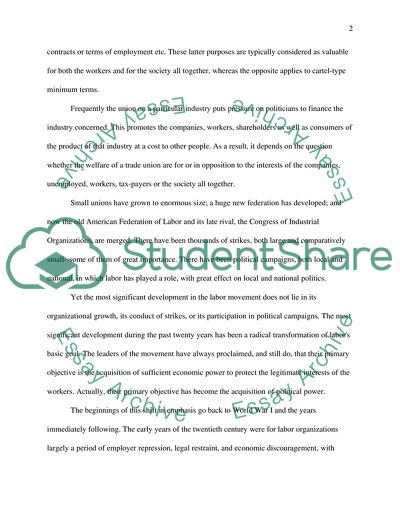Cite this document
(Issues on Trade Unions Essay Example | Topics and Well Written Essays - 2250 words - 13, n.d.)
Issues on Trade Unions Essay Example | Topics and Well Written Essays - 2250 words - 13. https://studentshare.org/macro-microeconomics/1535308-economics
Issues on Trade Unions Essay Example | Topics and Well Written Essays - 2250 words - 13. https://studentshare.org/macro-microeconomics/1535308-economics
(Issues on Trade Unions Essay Example | Topics and Well Written Essays - 2250 Words - 13)
Issues on Trade Unions Essay Example | Topics and Well Written Essays - 2250 Words - 13. https://studentshare.org/macro-microeconomics/1535308-economics.
Issues on Trade Unions Essay Example | Topics and Well Written Essays - 2250 Words - 13. https://studentshare.org/macro-microeconomics/1535308-economics.
“Issues on Trade Unions Essay Example | Topics and Well Written Essays - 2250 Words - 13”. https://studentshare.org/macro-microeconomics/1535308-economics.


